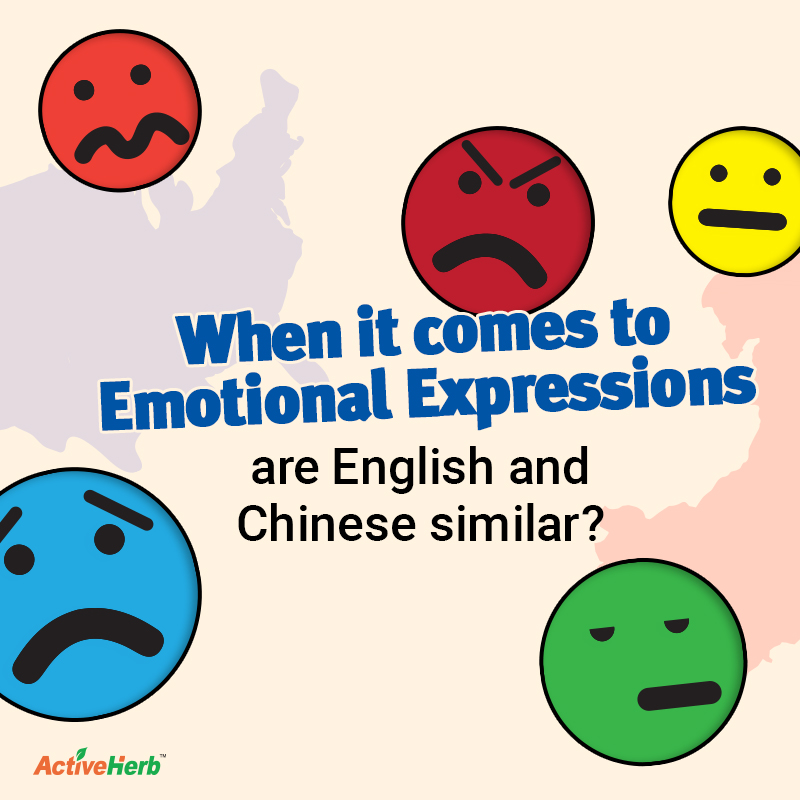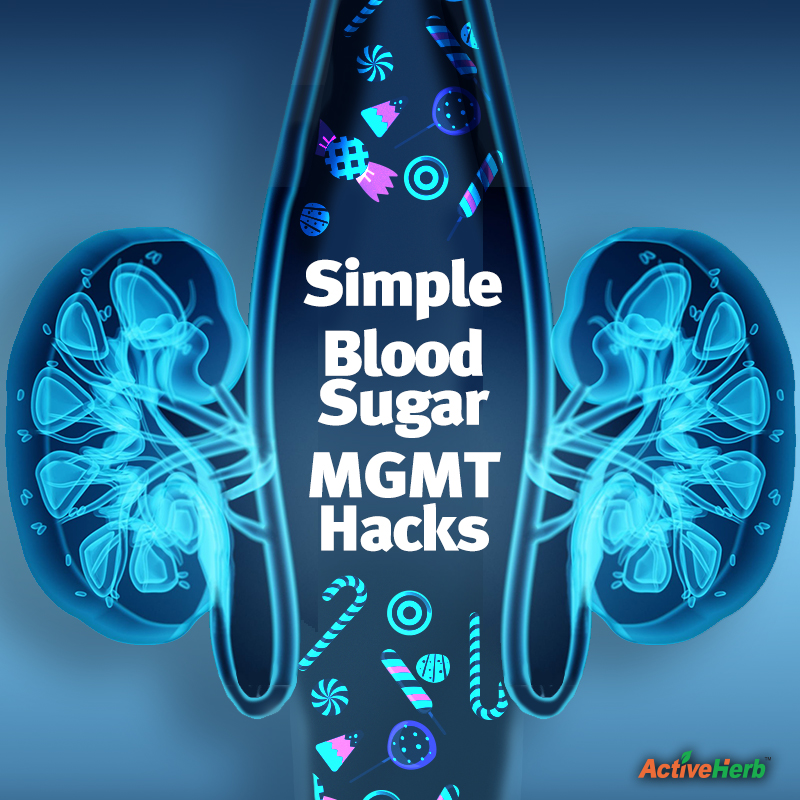Buh-Bye, Bi Syndrome: How TCM Supports Joint Health

Bi syndrome is a collection of patterns in traditional Chinese medicine theory that explains discomfort that manifests in the joints or muscles. Several Chinese herbal formulas are used to address specific patterns of Bi syndrome.
Why is it that some people can play golf or tennis or go for long walks well into their 70s, 80s and even beyond without problems, while for others, just getting out of bed in the morning is a miracle?
Is it luck of the genetic draw? Or maybe it’s time to change your mattress? Perhaps you don’t stretch enough? Maybe you sit in the same position for too long? Or maybe you’re eating something that’s triggering food sensitivities, which manifests in your joints?
Maybe it’s one or more of those factors, or maybe not.
According to traditional Chinese medicine (TCM) theory, one thing is certain about joint and muscle health. There’s more to it than good fortune or bad luck.
When it comes to addressing discomfort in the body, TCM explains it through the lens of “Bi Syndrome.”
What is Bi Syndrome?
In Chinese, “Bi” is translated as obstruction. So what exactly is being obstructed that causes discomfort in the body? The answer is two of your most precious vital substances: Qi and Blood.
When Qi and Blood are obstructed in the body’s energetic highway–the meridians–that’s when we feel limitations in joint movement. But what exactly causes these obstructions in the first place?
There’s one root cause that doesn’t require being an expert in TCM in order to explain: wind, cold and dampness. Anybody who lives anywhere in the U.S. other than southern Florida can relate to this. In the winter and early spring, when the elements are inhospitable, our joints can stiffen up.
These pathogenic factors that give rise to Bi Syndrome were explained as far back as roughly 2,400 years ago, when it was recorded in the Yellow Emperor’s Canon of Internal Medicine.
But these external factors aren’t the only root causes of Bi Syndrome. And even when the weather outside is frigid and rainy with a gale force wind blowing, if your body has Yin/Yang balance, your joints and muscles won’t necessarily stiffen.
What Causes Bi Syndrome in TCM?
Admittedly, Bi Syndrome is more likely to take place if you live in Seattle. That’s not to say that people in Miami don’t experience discomfort in the joints. But by and large, the pattern is definitely more common in cities with colder, wetter weather.
However, external factors aren’t the only root cause of Bi Syndrome. Internal factors are at work as well.
For example, “Wei Qi” offers another rather simple explanation. Loosely translated as “the immune system,” Wei Qi is the body’s theoretical first line of defense in TCM. If Wei Qi is strong, then that cold, damp and windy weather won’t be able to penetrate deep into the interior of the body and cause obstructions in the meridians.
If the blood and Qi are flowing smoothly, there will be no discomfort in the muscles, joints or tendons, so the theory goes.
Different Patterns of Bi Syndrome
Take two people living under the same roof. They may present with different symptoms or varying degrees of Bi Syndrome. For example, one first person may have redness or a burning sensation in a localized area. This is a “heat-type” pattern of Bi. An acupuncturist will also observe that a patient with heat Bi presents with yellowish fur on the tongue and the pulse will be slippery.
Meanwhile, the other person may feel mild discomfort in several areas of the body and may not be able to move the joints that well. This person has what’s called “Wandering Bi.” Wondering what wandering Bi means? Blame wandering Bi on the wind. This pattern—Xing Bi in Chinese—specifically refers to when the obstruction moves or “walks” from joint to joint.
If you have “Tong Bi” you’ll want to book the first flight to Miami. Tong Bi worsens in cold weather and improves when the elements are warm. With Tong Bi, discomfort is in a fixed location. And for citizens of Portland and Seattle, every damp winter brings with it the risk of developing Zhou Bi. This Damp pattern of Bi syndrome manifests as heaviness, numbness and swelling of the joints.
There’s also Re Bi. Not to be confused with a rib-eye steak, in Chinese, ‘Re’ roughly means “heat”. Logically enough, Re Bi manifests as hot burning sensations or swelling in the joints. (Eating an entire rib-eye steak could also cause one to feel discomfort.)
Finally, there’s the pattern that defines chronic obstruction that leads to a buildup of excess internal phlegm, eventually causing blood stasis. Blood stasis is when there’s a standstill traffic jam in the vessels of the body; no fresh blood is able to circulate in the joints. At this point, there may be deformities in the bones or muscle wasting.
Solutions For Bi Syndrome
There’s no one-size-fits-all magic pill for Bi Syndrome in TCM. Because of the different patterns and symptoms, there are a wide range of Chinese herbal medicines available.
ActiveHerb.com offers several different formulas for addressing wind and dampness patterns.
- For Bi Syndrome affecting the shoulders and neck
- Sciatic nerve support
- Knee support
- Joint support for cold, damp weather
- Overall joint and lower back support
- Range of motion support
TCM has provided time-tested solutions for supporting joint and muscle health.
What do you do to stay healthy? We’d love to hear from you. Post a comment below.







